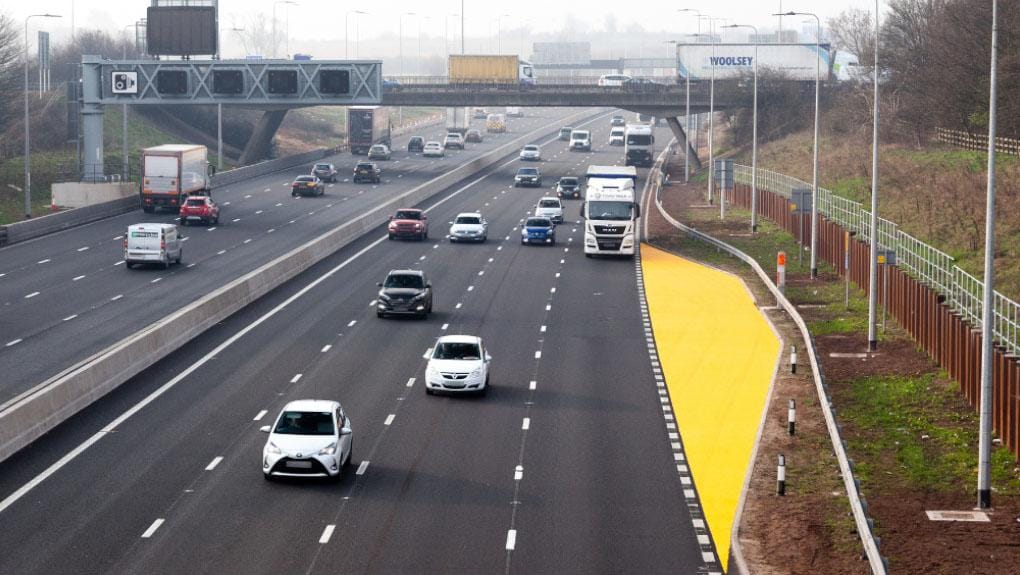The Deputy Director, Strategic Road Network at the Office of Rail and Road has issued a blog post detailing an assessment assess of National Highways’ performance against a range of government set targets that it should deliver over the second road period.
Rachel Gittens looked at the latest statistics to do with RP2, which runs from 1 April 2020 – 31 March 2025.
She writes that National Highways had responded positively to ORR concerns that had been raised that SVD was not meeting its performance requirements, and that targets for detection rates were now being met.
National Highways is currently building an additional 151 emergency areas on all lane running (ALR) sections of smart motorway – known as the National Emergency Area Retrofit (NEAR) programme.
“As a consequence of this work National Highways has extensive roadworks in place that it has informed us inhibit the technology-based safety systems on these roads,” she writes.
However, she continues: “National Highways has said it is necessary to temporarily switch off much of the stopped vehicle detection technology as well as other technologies that are normally in place to support free-flowing traffic and road user safety on all lane running smart motorways (those without a permanent hard shoulder). As a result, these roads do not operate as smart motorways while the roadworks are taking place.
“We have discussed this with National Highways to ensure the mitigations in place to protect the safety of road users and workers while it completes this installation of emergency areas are adequate. Mitigations that National Highways has put in place include reduced speed limits, closing lane 1 (the ‘inside lane’) to provide a safer place to stop in an emergency, and free vehicle recovery.”
The blog post also notes that National Highways has a target in RP2 to reduce the number of people killed or seriously injured (KSI) on the strategic road network (SRN) by 50% by the end of 2025, compared to a 2005-2009 average baseline, and that new numbers from the Department for Transport show that 1,913 people were killed or seriously injured on the SRN in 2023.
While this is 39% less than the baseline for its end of December 2025 target, National Highways still needs to reduce this by another 11 percentage points – or 356 KSI casualties – by the end of 2025.
You can read the whole post here.
(Picture – ORR)























